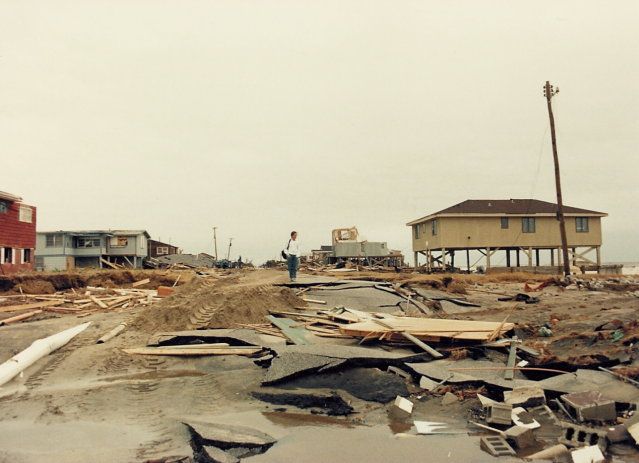phamENG
Structural
- Feb 6, 2015
- 7,666
Attached is a technical bulletin put out by Simpson about the proper installation for hurricane ties. I agree with it, in principle, 100%. Very clear and continuous load path = good. In practice, however, I'm curious if anyone has ever seen this type of rollover failure. When you hook up a series of hydraulic pistons to a wall and pull - it will certainly roll over. Wind doesn't exactly work like a series of hydraulic pistons, though, so I'm not empirically convinced that it'll happen quite the way their claiming.
I do think there are conditions where it could happen, and so I'll detail it as Simpson shows it, but I like to know just how conservative things are. Any thoughts? Thanks.
I do think there are conditions where it could happen, and so I'll detail it as Simpson shows it, but I like to know just how conservative things are. Any thoughts? Thanks.


![[idea] [idea] [idea]](/data/assets/smilies/idea.gif)
![[r2d2] [r2d2] [r2d2]](/data/assets/smilies/r2d2.gif)